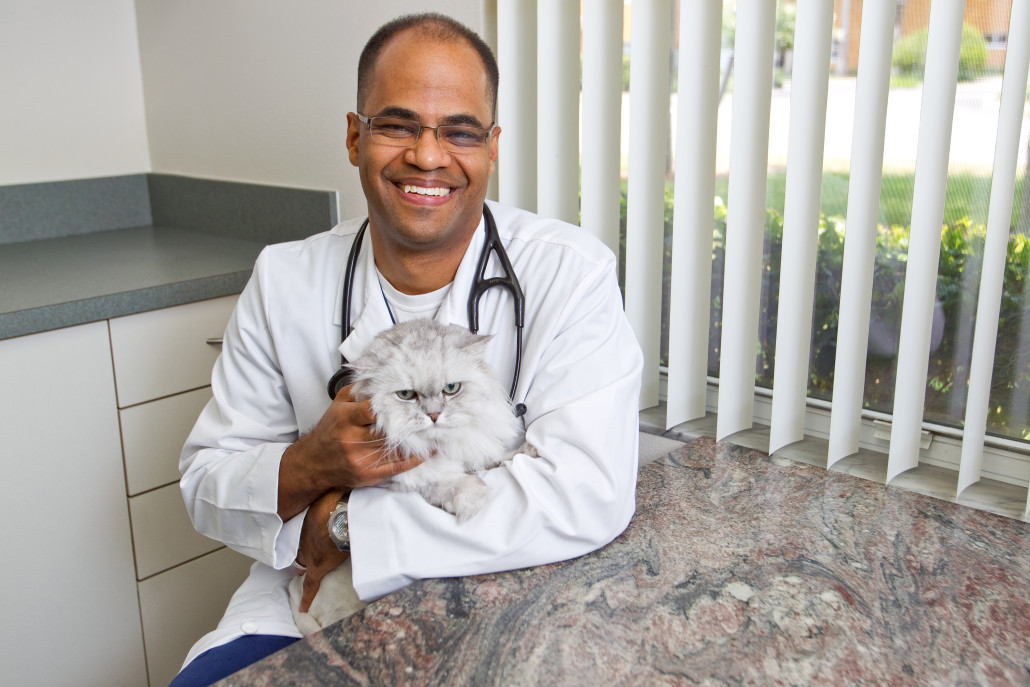Radioiodine I-131 Compared to the Hills Prescription y/d Diet and Other Options for Managing Feline Hyperthyroidism
Hyperthyroidism is the most common endocrine disease in cats, affecting one out of every 300 cats. There are various treatment options for this condition, including radioactive iodine; medication; surgery to remove the diseased thyroid gland; or a special diet.
Radioactive iodine therapy (also known as I-131) is the most effective and one of the easiest ways to treat hyperthyroidism. Radioactive iodine is a one-time injection given to cats and has a 95% effective rate for curing this disease. Since it actually destroys the affected part of the thyroid gland, all the signs and symptoms will resolve. The associated problems of renal hypertension and proteinuria also can resolve completely with this treatment.
While Iodine I-131 is considered the gold standard of care, there are other treatment options available that manage the symptoms, but do not cure the disease.
The Hills Prescription y/d diet has been produced as an option to manage symptoms. It has a restricted amount of iodine. This does not treat the thyroid disease itself, instead, it allows for the production of less thyroid hormone. The key to maintaining this diet relies on cats eating this food alone and not having any other food sources as they may contain iodine. This may be difficult in cats with food allergies or in multi-cat households. Feeding the y/d diet does not destroy the adenoma or prevent its growth or possible transformation into a malignant tumor.
Methimazole (Tapazole) is a medical management approach. It is given to help suppress thyroid production in the body and is given as a pill or a transdermal gel. As with the Hills y/d diet, it does not destroy the disease part of the thyroid gland and the adenoma (the benign tumor of the thyroid gland that produces the excess hormone) may continue to grow. Dosage adjustments may be necessary and approximately 25-30% of cats treated with this medication will have some adverse effects. There is a rare possibility for malignant transformation of the benign tumor as well. Long-term medical management, including cost of the medication, repeat blood work and medical visits, will ultimately be a higher cost for patients versus I-131.
Surgery is an option for treating feline hyperthyroidism. Unfortunately, most patients suffer from bilateral thyroid disease therefore will need two surgeries for resolution. Not all cats are healthy enough to have the surgery depending on what complications they may have from the disease. Cost of the surgery and risk of surgical complications need to be considered with this treatment option.
The radioactive iodine therapy remains the gold standard of care when treating hyperthyroidism in cats. It actually kills the benign tumor and is the adjunctive therapy often in combination with surgery for cats that have thyroid carcinoma (a very malignant tumor less than 3% of cases). It is the safest and most cost effective of all the treatment options and is the best treatment option for long-term survival of cats of any age.

